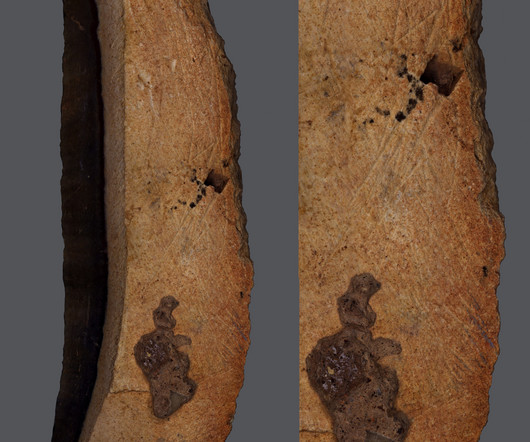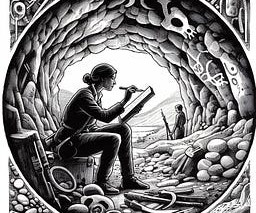Carving the Mind: Middle Paleolithic Engravings and the Dawn of Symbolic Thought
Anthropology.net
FEBRUARY 7, 2025
A population of hybrid ancestry? Without knowing whether these artifacts were part of larger symbolic traditions—such as burial practices, ritual behavior, or social markers—it remains speculative to interpret them as evidence of fully developed symbolic cognition. Did Neanderthals create them? Early modern humans?












Let's personalize your content